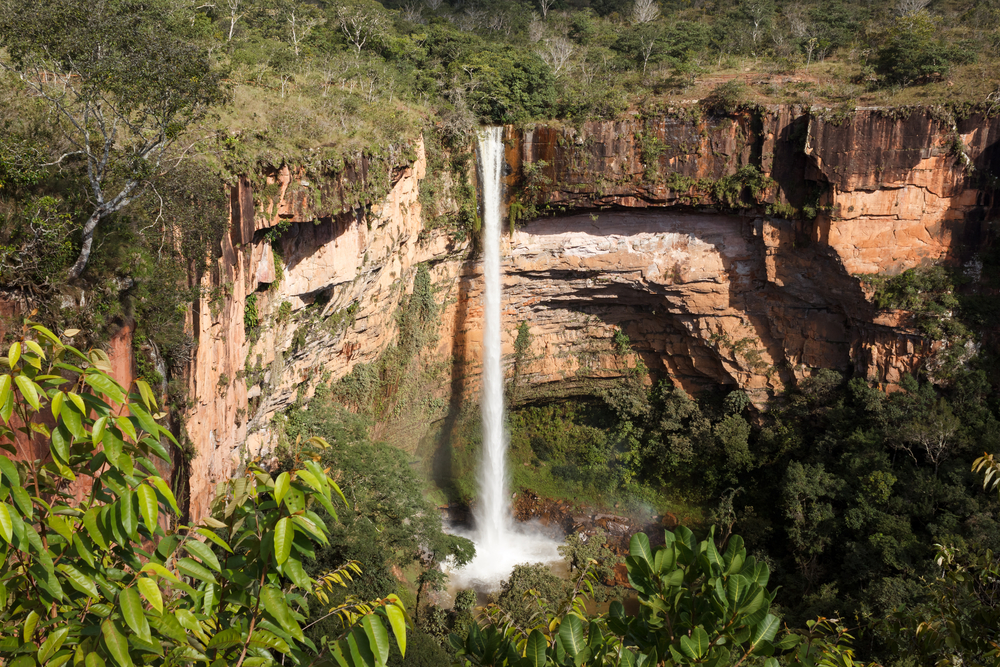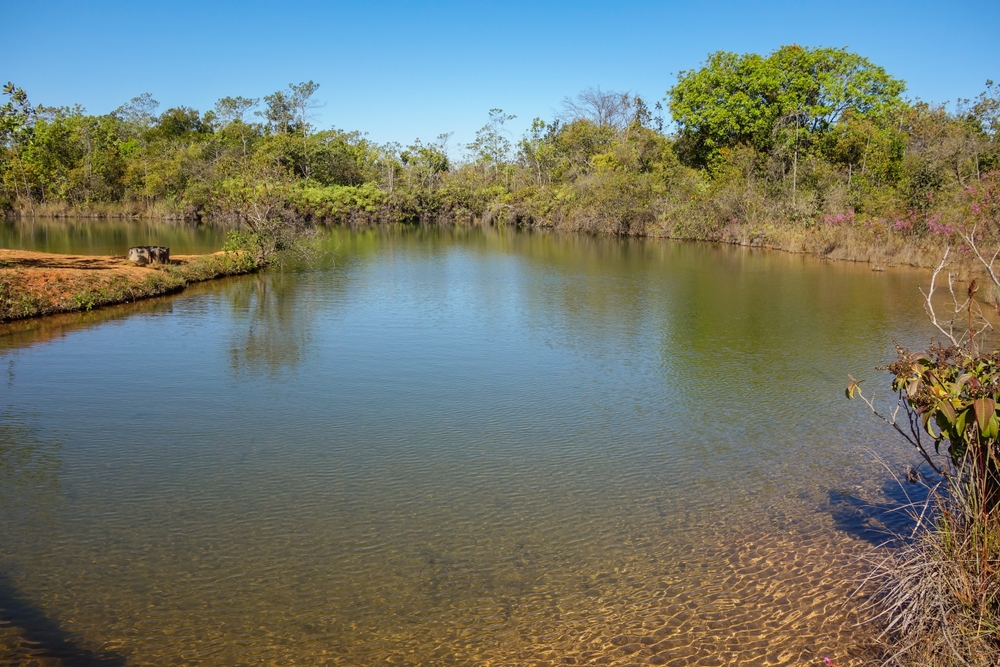Caparaó Overview
Caparaó National Park, or Parque Nacional do Caparaó in Portuguese, is a protected area spanning approximately 131 square miles (340 square kilometers) along the border of the Brazilian states of Minas Gerais and Espírito Santo.
This rugged and mountainous park is home to Pico da Bandeira, Brazil’s third-highest peak, reaching an elevation of 9,488 feet (2,892 meters). The park’s dramatic landscapes feature deep valleys, high-altitude grasslands, dense Atlantic Forest, and numerous waterfalls, including the impressive Cachoeira Bonita and Cachoeira da Farofa. The diverse terrain supports a rich variety of flora, including towering araucaria trees, bromeliads, and orchids that thrive in the humid and cooler climate of the region.
Wildlife in Caparaó National Park is abundant, with numerous species adapted to its varying elevations. Mammals such as ocelots, pumas, and the elusive maned wolf roam the park, while howler monkeys and capuchins inhabit the forested areas.
Birdwatchers will find a haven here, with vibrant toucans, trogons, and the endemic cinnamon-vented piha among the many species spotted. The park also provides refuge for threatened species like the margay and various amphibians that depend on its pristine waterways.
Caparaó National Park is renowned for its breathtaking views and adventure opportunities. Visitors flock to hike the well-maintained trails, with the trek to Pico da Bandeira being the most sought-after experience, offering panoramic sunrise views above the clouds. Other trails lead to picturesque waterfalls and natural pools, perfect for cooling off in the tropical heat.
Camping is a popular activity, with designated sites available near the park’s main entrances, providing a base for early morning summit attempts. Stargazing is another highlight, as the park’s high elevation and minimal light pollution create ideal conditions for celestial observation.
Visitors engage with the park primarily through hiking, camping, and wildlife observation. The ascent of Pico da Bandeira is achievable for most hikers, and those who complete the climb are rewarded with breathtaking vistas stretching across the surrounding landscapes.
Swimming in the crystal-clear waters of the park’s streams and waterfalls is another refreshing way to experience its natural beauty. Local guides offer eco-tourism experiences, helping visitors understand the park’s biodiversity and conservation efforts.
Caparaó National Park faces conservation challenges, particularly from illegal hunting, deforestation, and climate change, which threaten its delicate ecosystems. However, efforts by environmental organizations and local authorities have led to habitat restoration initiatives and increased patrols to combat poaching.
Sustainable tourism practices are being promoted to ensure that visitors contribute to the park’s preservation rather than its degradation. Conservation successes include the protection of key species and the expansion of reforestation projects to restore degraded areas. The park remains an essential sanctuary for Brazil’s Atlantic Forest biodiversity, offering a well-preserved environment for future generations to explore and enjoy.
















































































